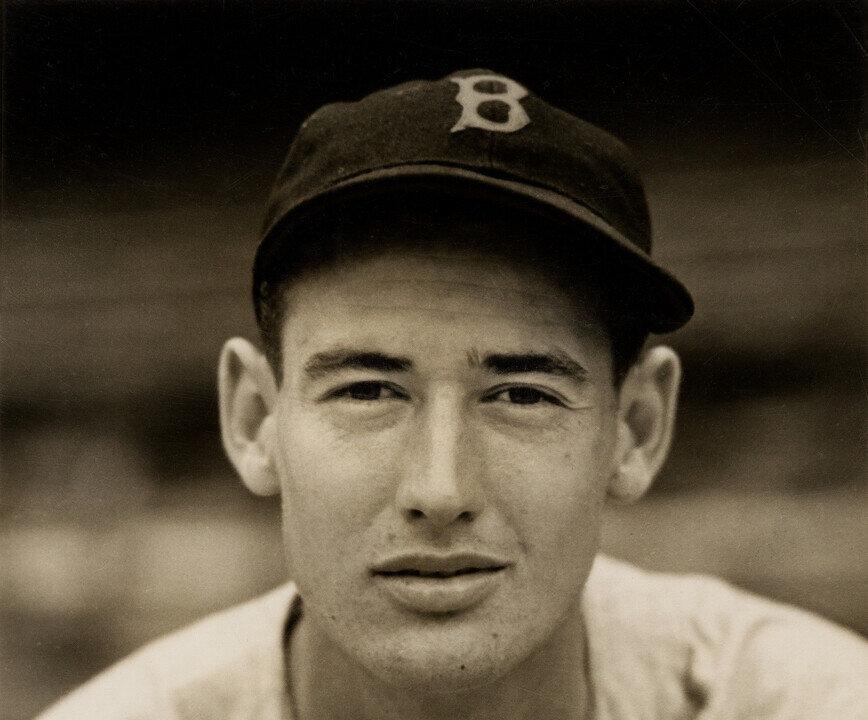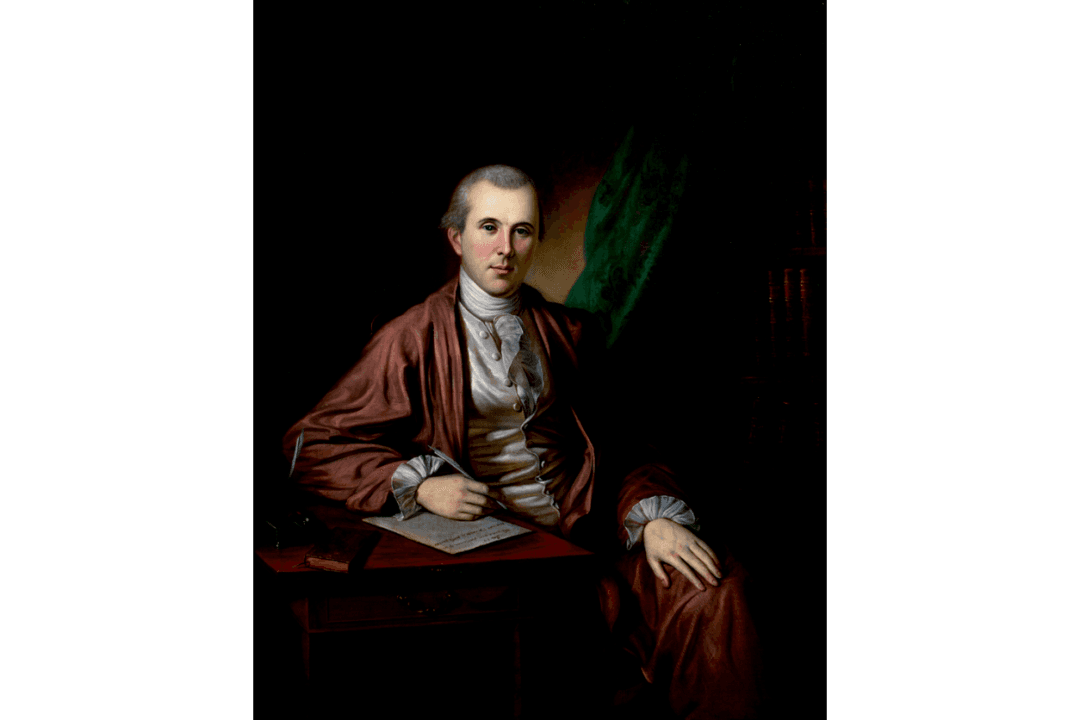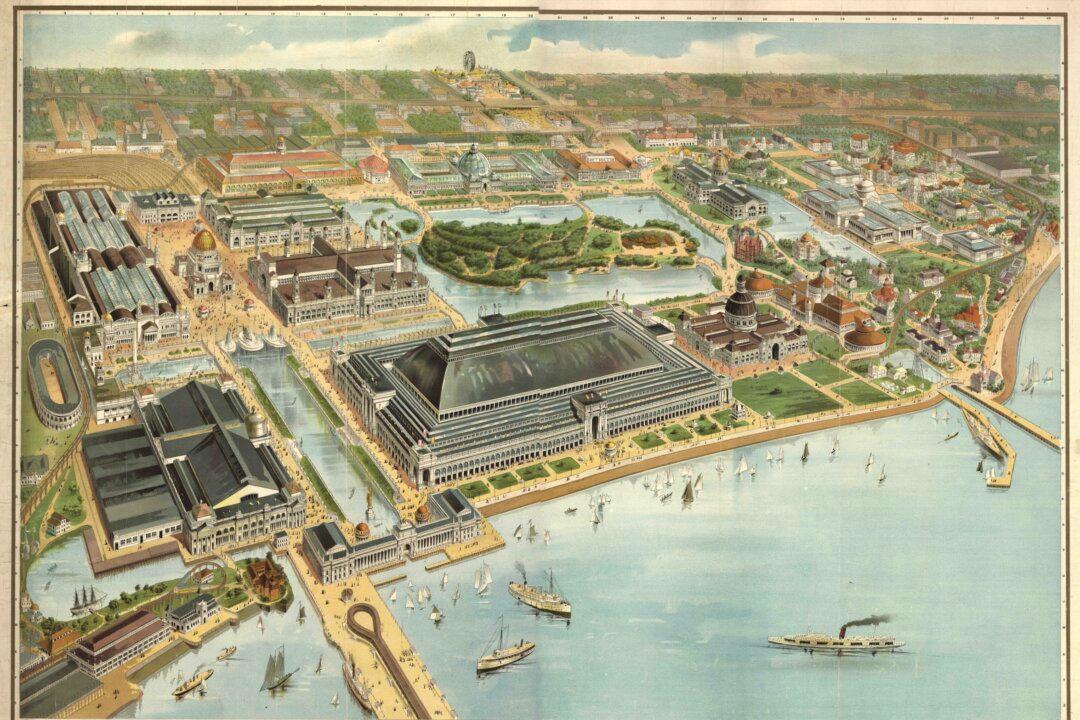“All I want out of life is that when I walk down the street folks will say, ‘There goes the greatest hitter that ever lived,’” Ted Williams once said. The debate about the greatest hitter of all time will never be settled, but Williams’s amazing career with the Red Sox ensured he will always be part of the conversation. Williams played 19 seasons and still served in two wars. Even though he lost five years in the prime of his career to military service, he hit milestones other players can only dream of.
On September 28, 1960, Ted Williams played his last major league game. Coming off his worst season in 1959, Williams returned to play a final season at age 41. The season itself had been a miracle, with Williams passing the 500-homer mark and once again batting well over .300.





